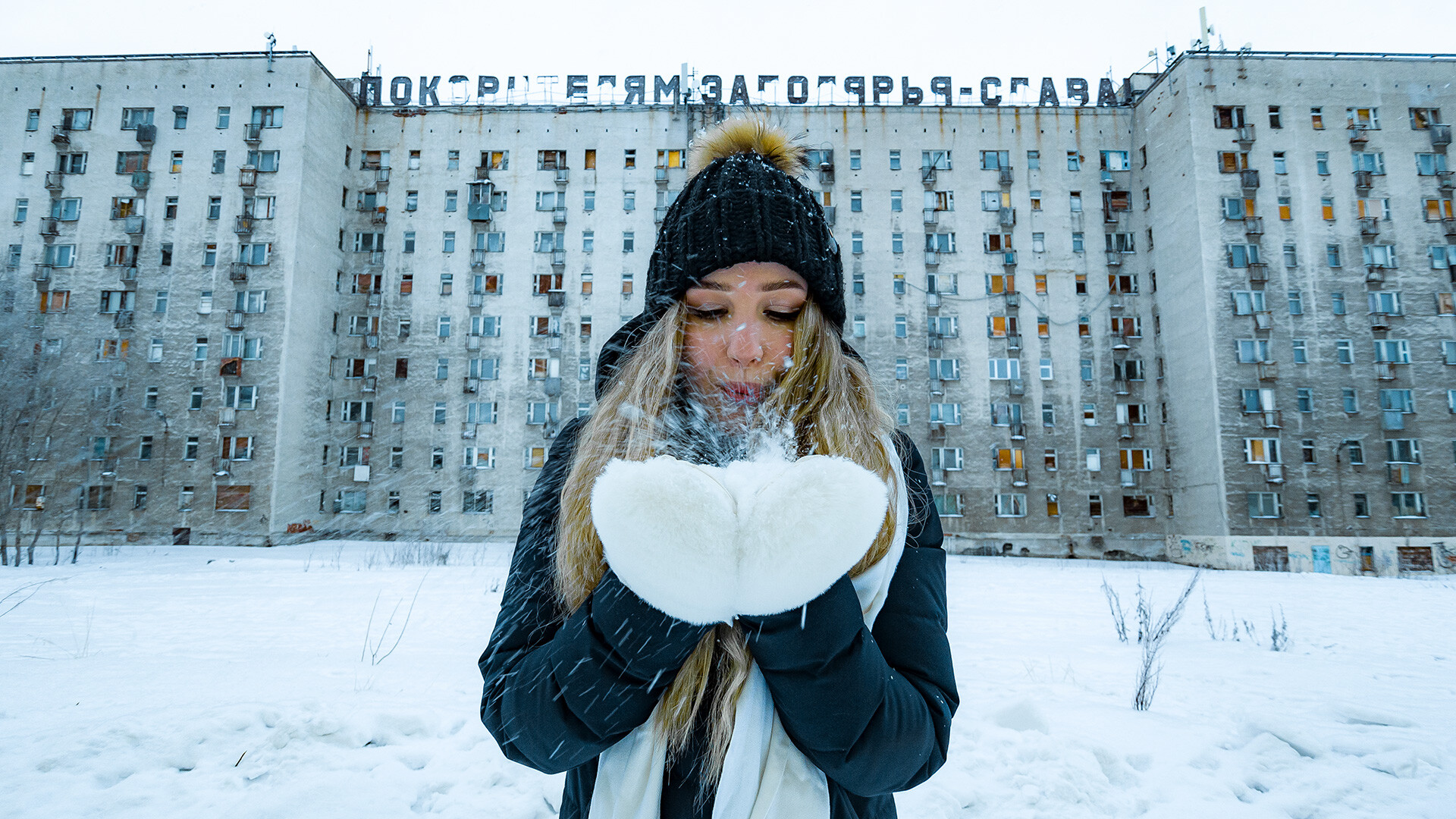
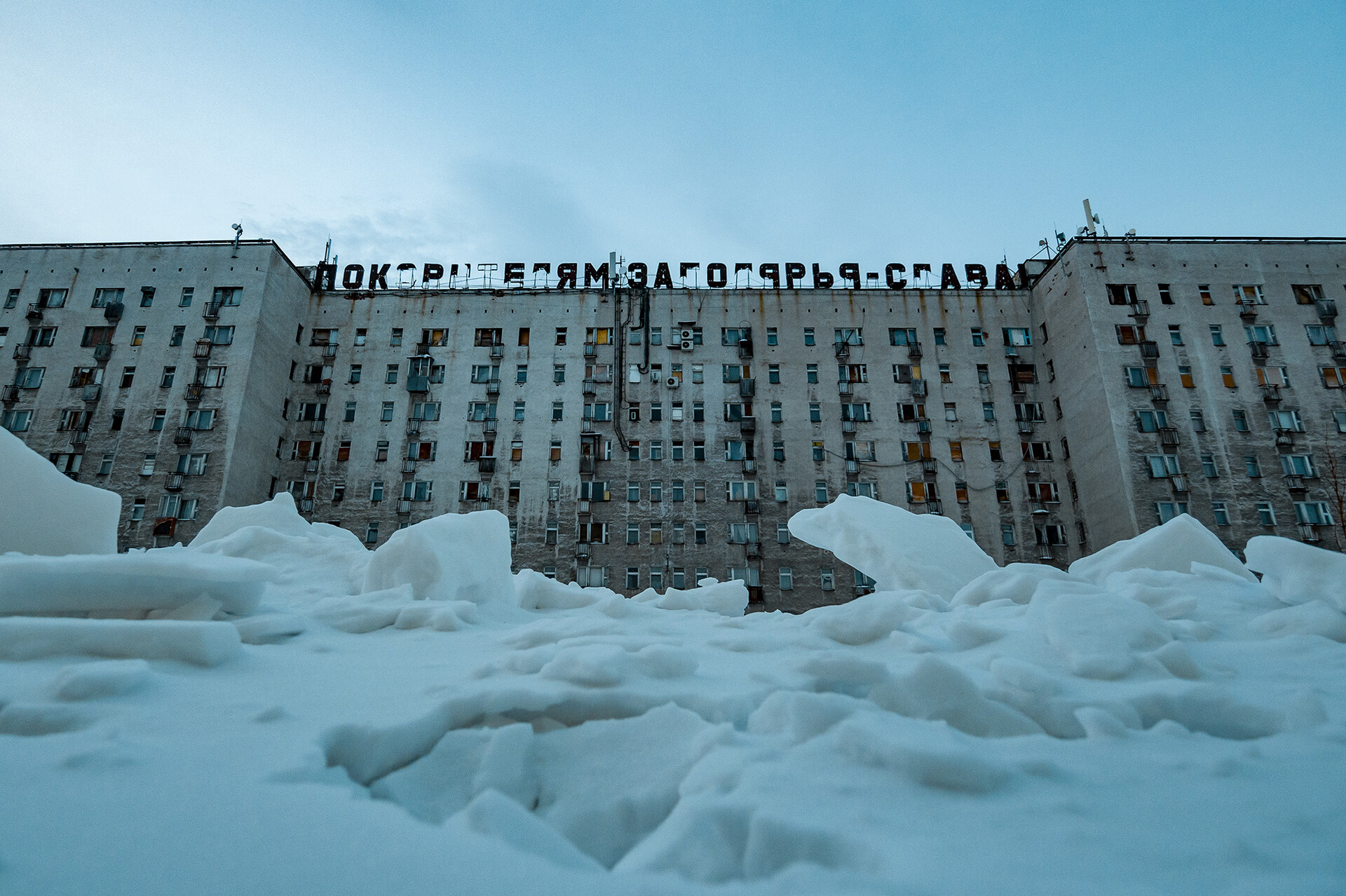
Looks interesting! Let's go!
Pavel KuzmichevOne of the buildings we approach is dubbed "the creepiest" in the city. It’s a paneled high-rise with boarded-up windows and a worn-out slogan on the roof saying: "Glory to the conquerors of the Polar Regions". It's scary, but we venture inside. We are met by half-decayed flights of stairs and long dim corridors.
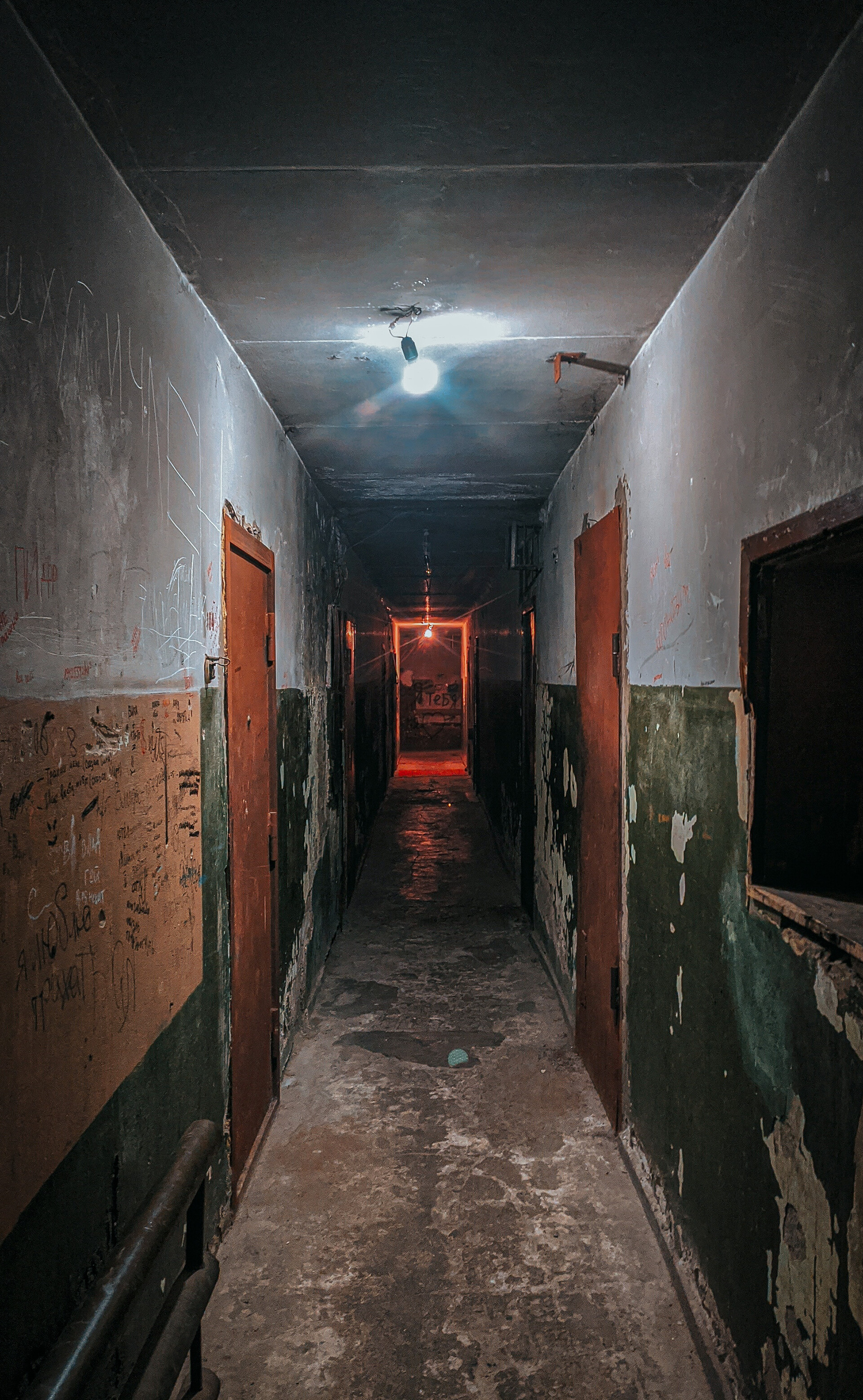
The silence is broken by someone's timid footsteps upstairs. On the second floor, a black kitty jumps out at us, chuckling wickedly. Our hearts stop and we run as fast as we can. But, as soon as we get out into the street, there is no trace of fear left. Vorkuta is completely different – lively, fun and cheerful!
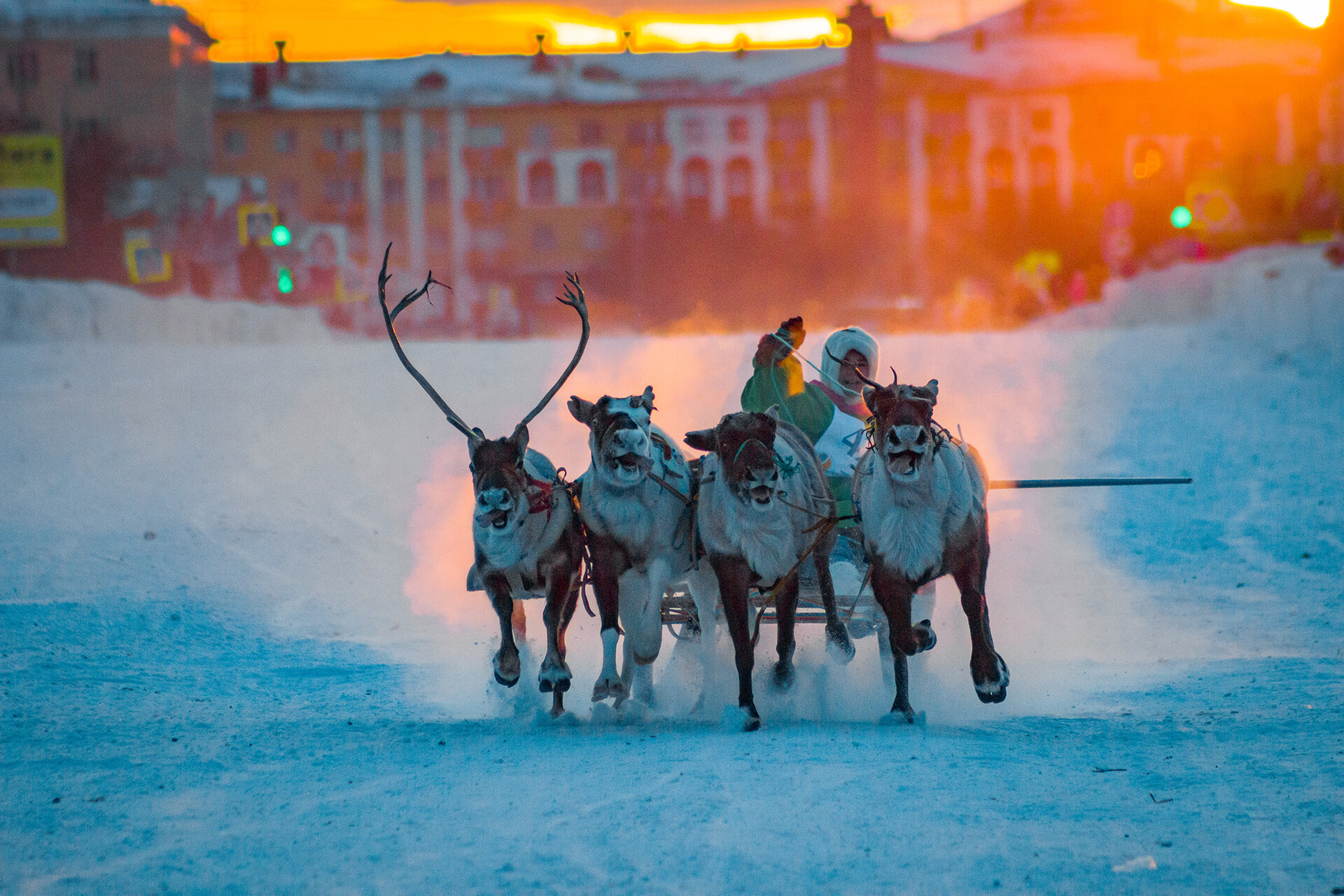
We arrive in Vorkuta, the world's fourth largest city above the Arctic Circle, in the last days of November and immediately find ourselves at the ‘Festival of the North’. It was amazing to see reindeer running down the central street in minus 20-degree Celsius cold!
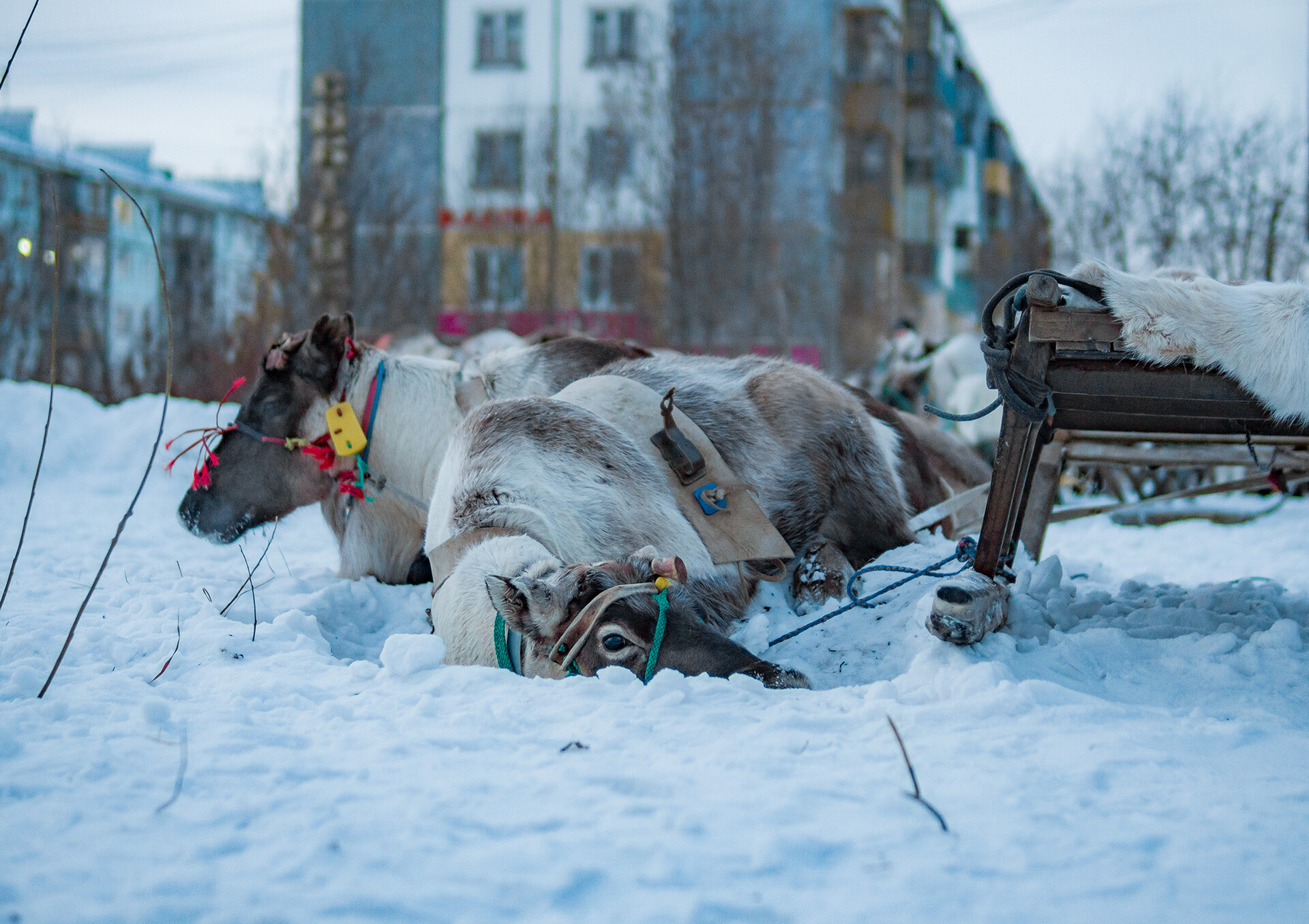
It turns out that, every year, northern peoples – Komi, Nenets, Khanty – visit from the tundra in order to introduce their traditions to the urban citizens.
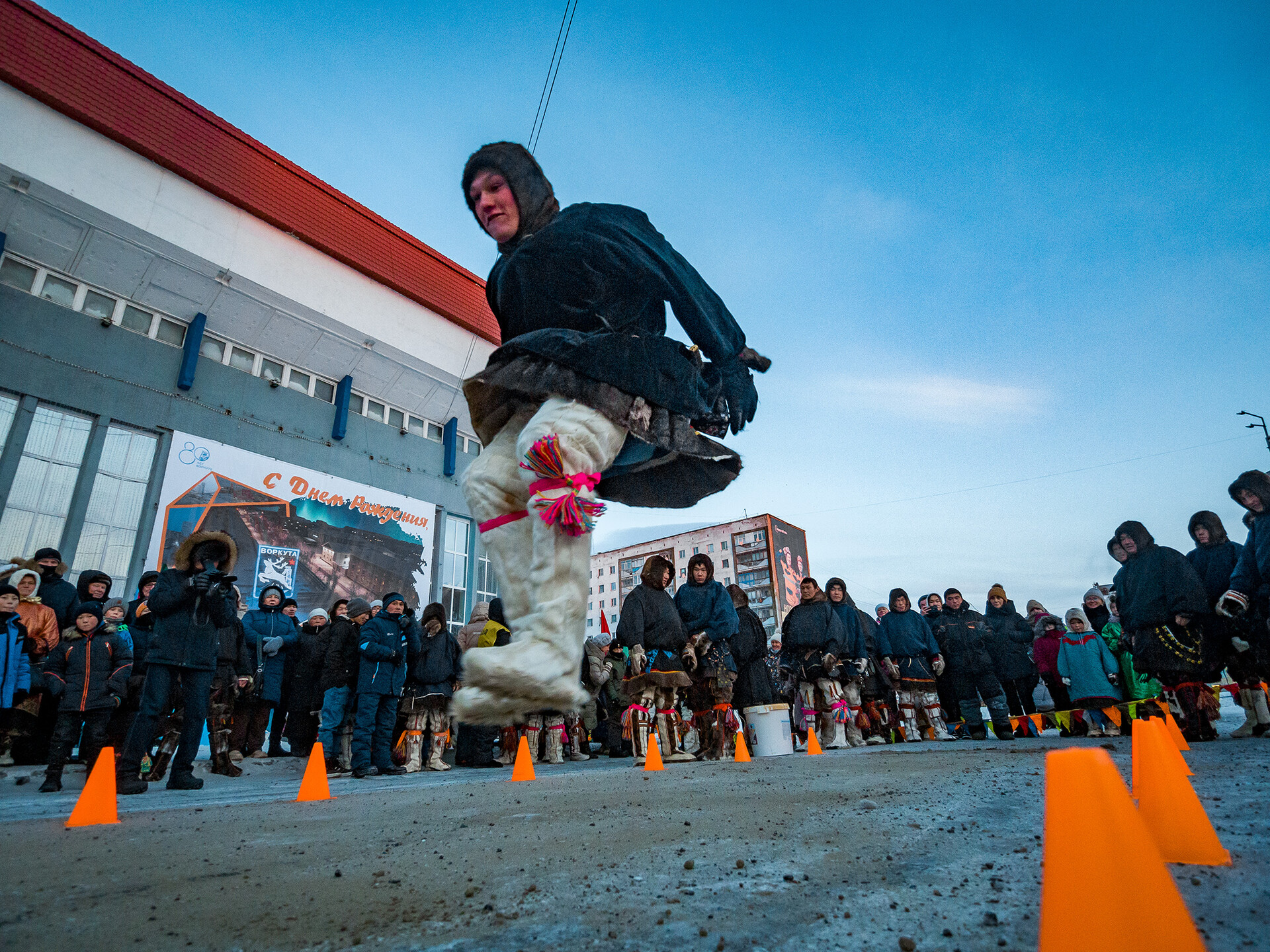
This year’s sled races were held on the eve of Vorkuta’s 80th anniversary celebrations and attracted thousands of spectators.
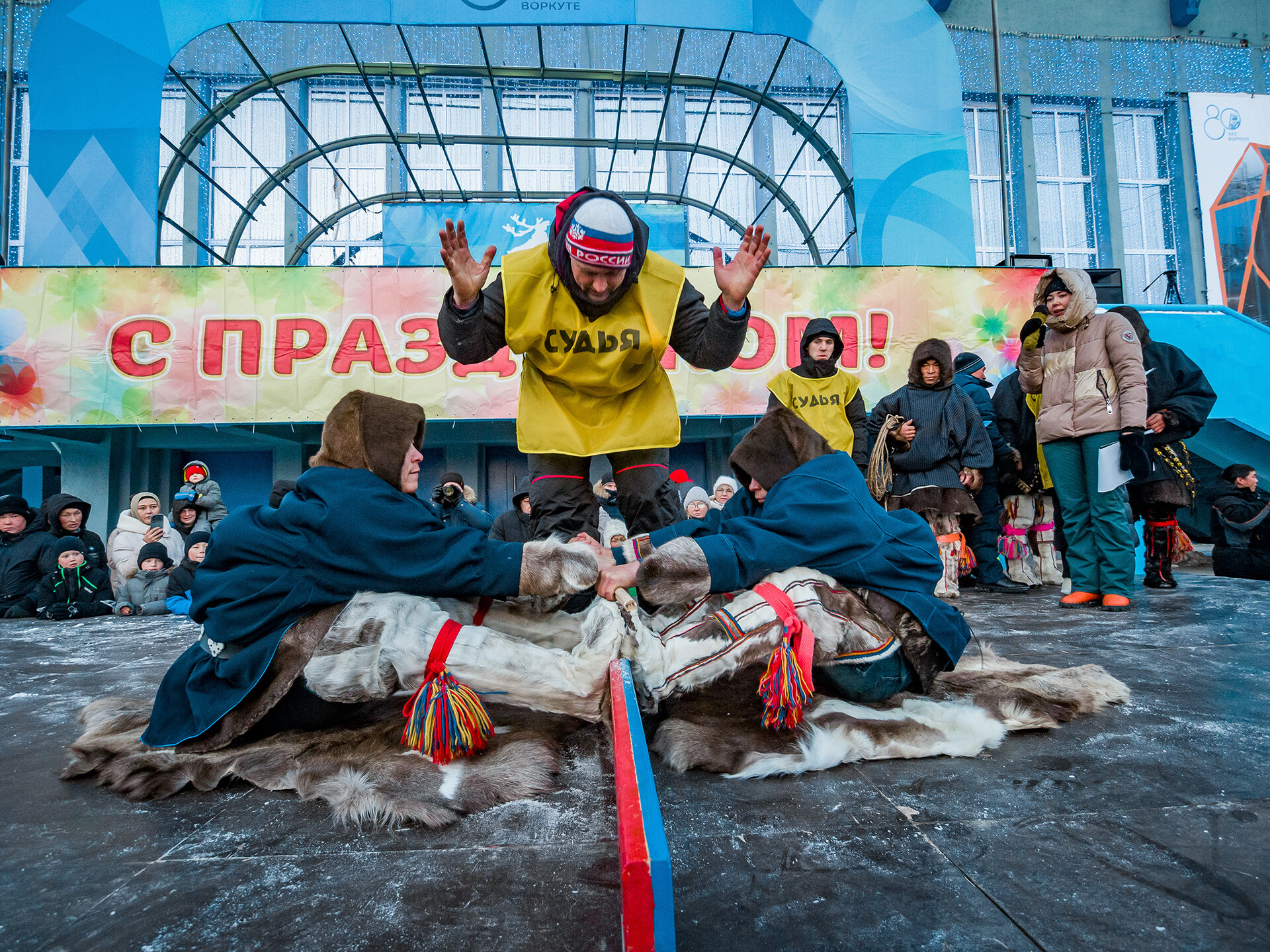
We had the opportunity to talk not only to local residents, but also to those who had left the city long ago. And do you know what phrase they told us most often? “There are no people like those in Vorkuta anywhere else.”
“We built this city for 250,000-300,000 residents. We had a premonition that young people would grow up here, who would play sports, who would prepare themselves for any challenges. A city of romantics, a city of dreamers, that’s why there are so many buildings and structures dedicated to youth,” says Mikhail Peimer, a man who has been building Vorkuta almost from its very foundation.
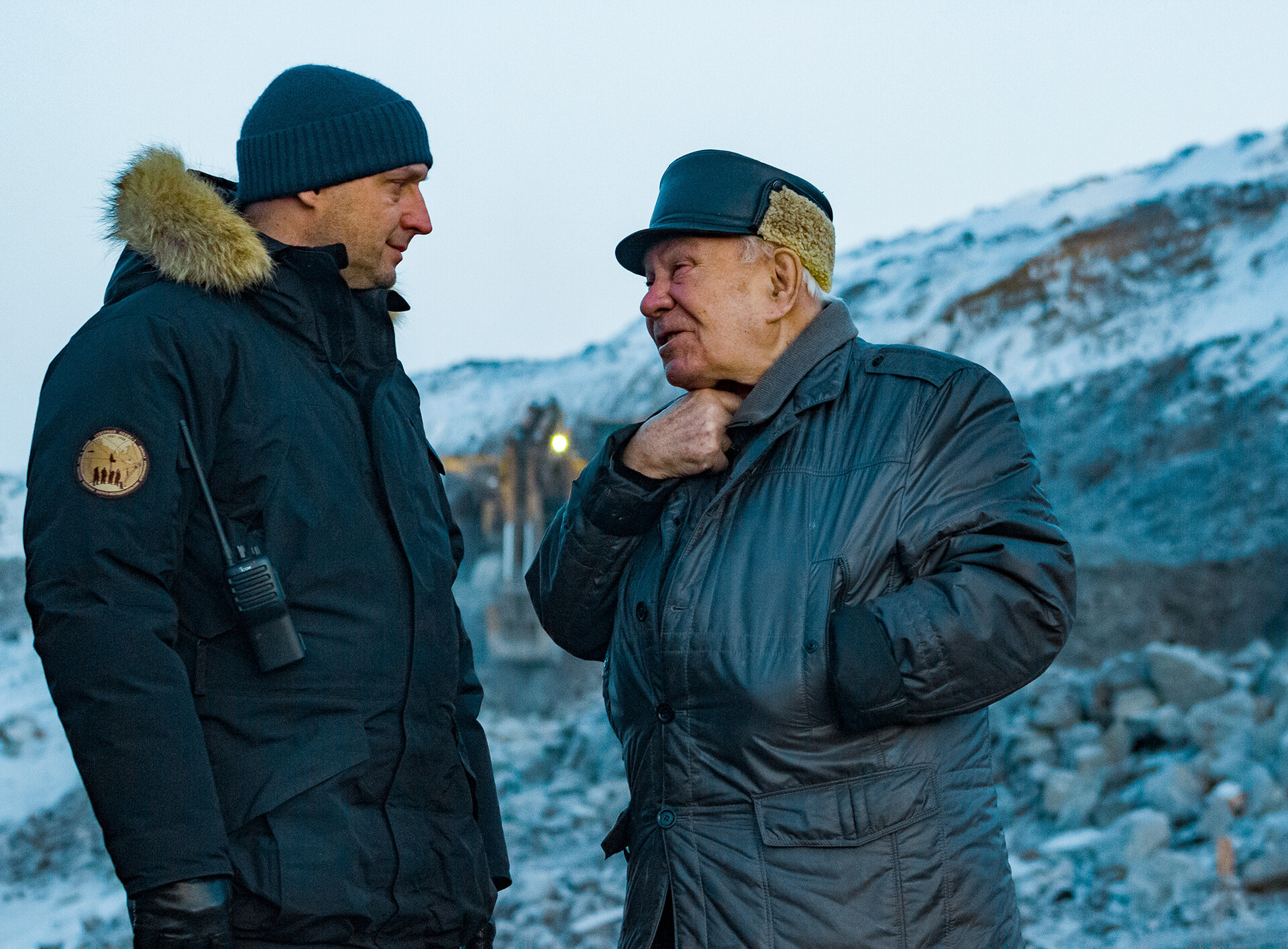
Mikhail Peimer (right).
Pavel KuzmichevIn February 2023, Mikhail Nikolayevich celebrated his 100th birthday. A young officer, a graduate of the Moscow Military School of Rocket Artillerymen, he went through the entire Great Patriotic War. Twenty days before the Victory, when he was stationed at Konigsberg (Kaliningrad), he was accused of anti-Soviet agitation and sentenced to 10 years in camps. That's how he ended up in Vorkuta.
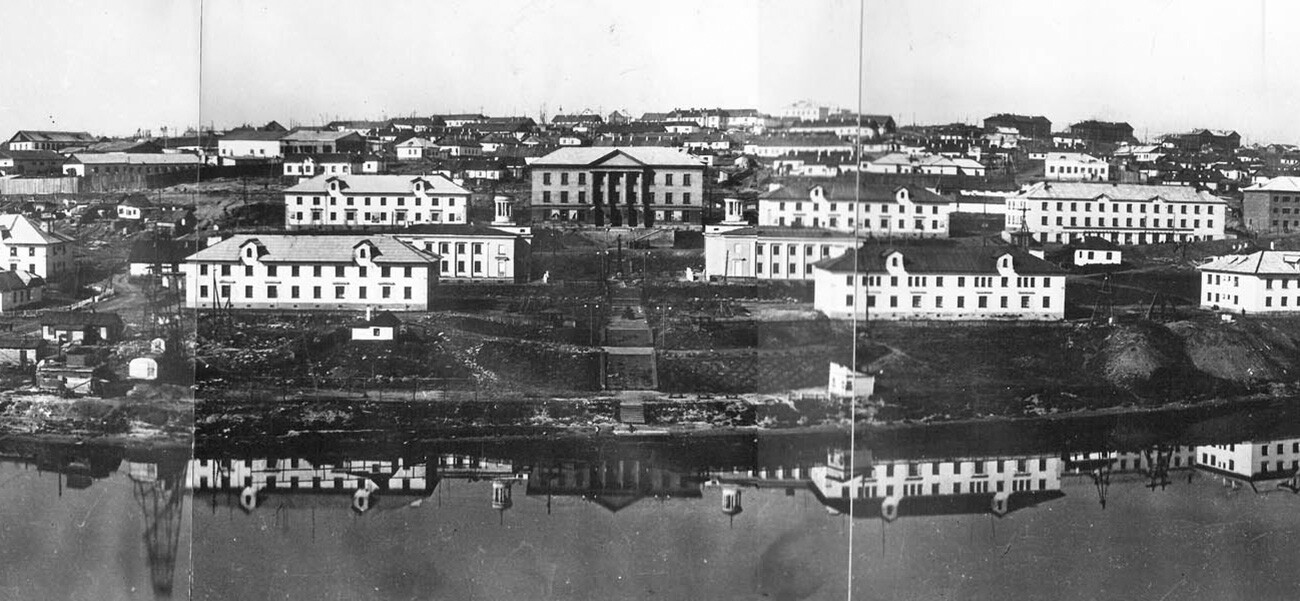
Rudnik settlement in the late 1950s, where the history of Vorkuta began.
Moisey Averbach (CC BY-SA 3.0)He was rehabilitated and got his awards back after Stalin's death. Nevertheless, he stayed and worked in Vorkuta until 1984, when he retired. Now, he lives in Yaroslavl, the city of his childhood. He talks to young people, writes books and runs social media pages.
He came to Vorkuta with his friend, also a retired engineer from Vorkuta.
The work of many residents of the city is connected with the Vorkutaugol Combine, the largest in our country.
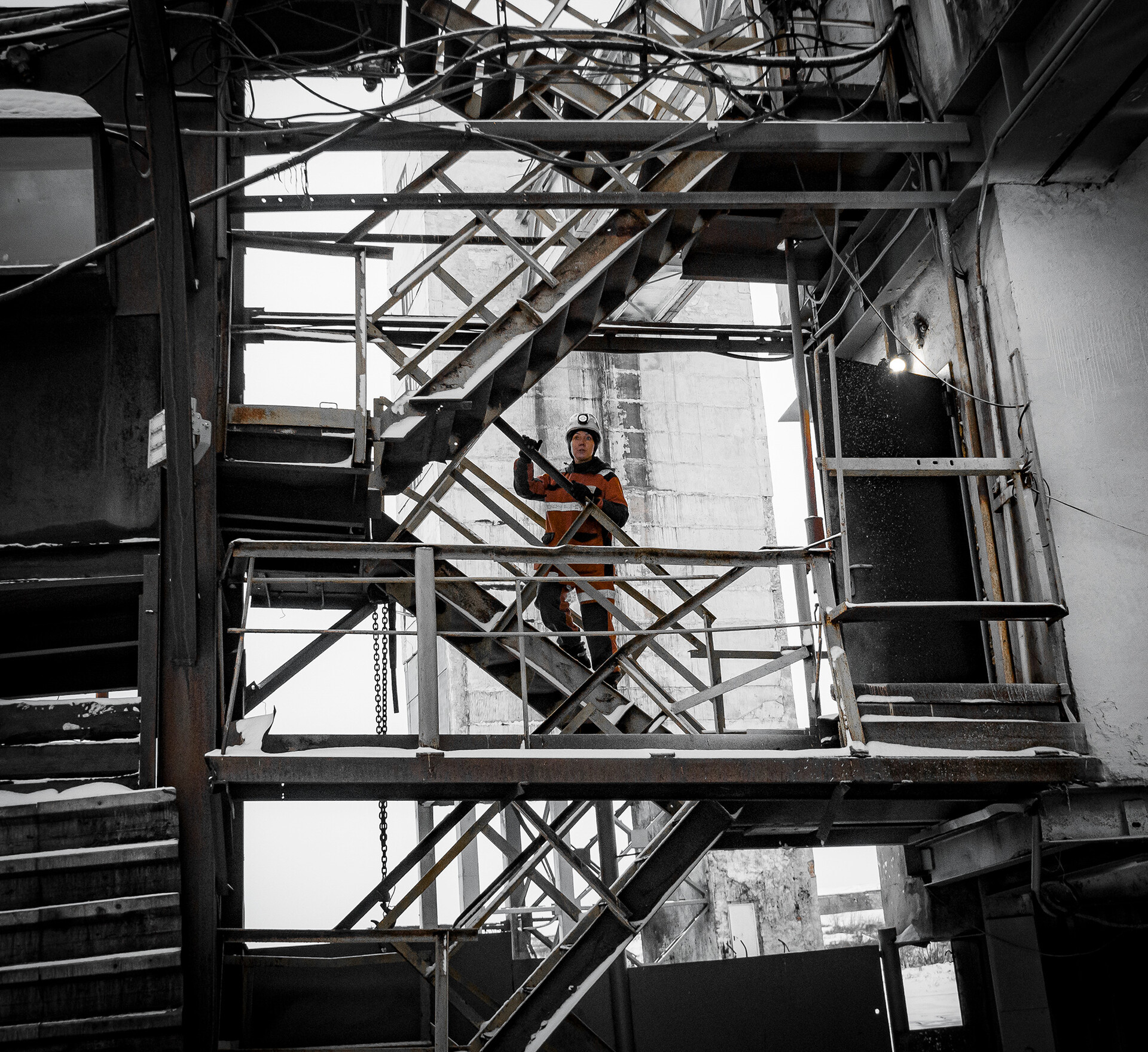
At the Komsomolskaya mine.
Pavel KuzmichevIt includes four mines (Vorgashorskaya, Vorkutinskaya, Zapolyarnaya, Komsomolskaya), Yunyaginsky coal mine, coal preparation plant, Vorkuta Mechanical Plant, where all mining and tunneling equipment is repaired.
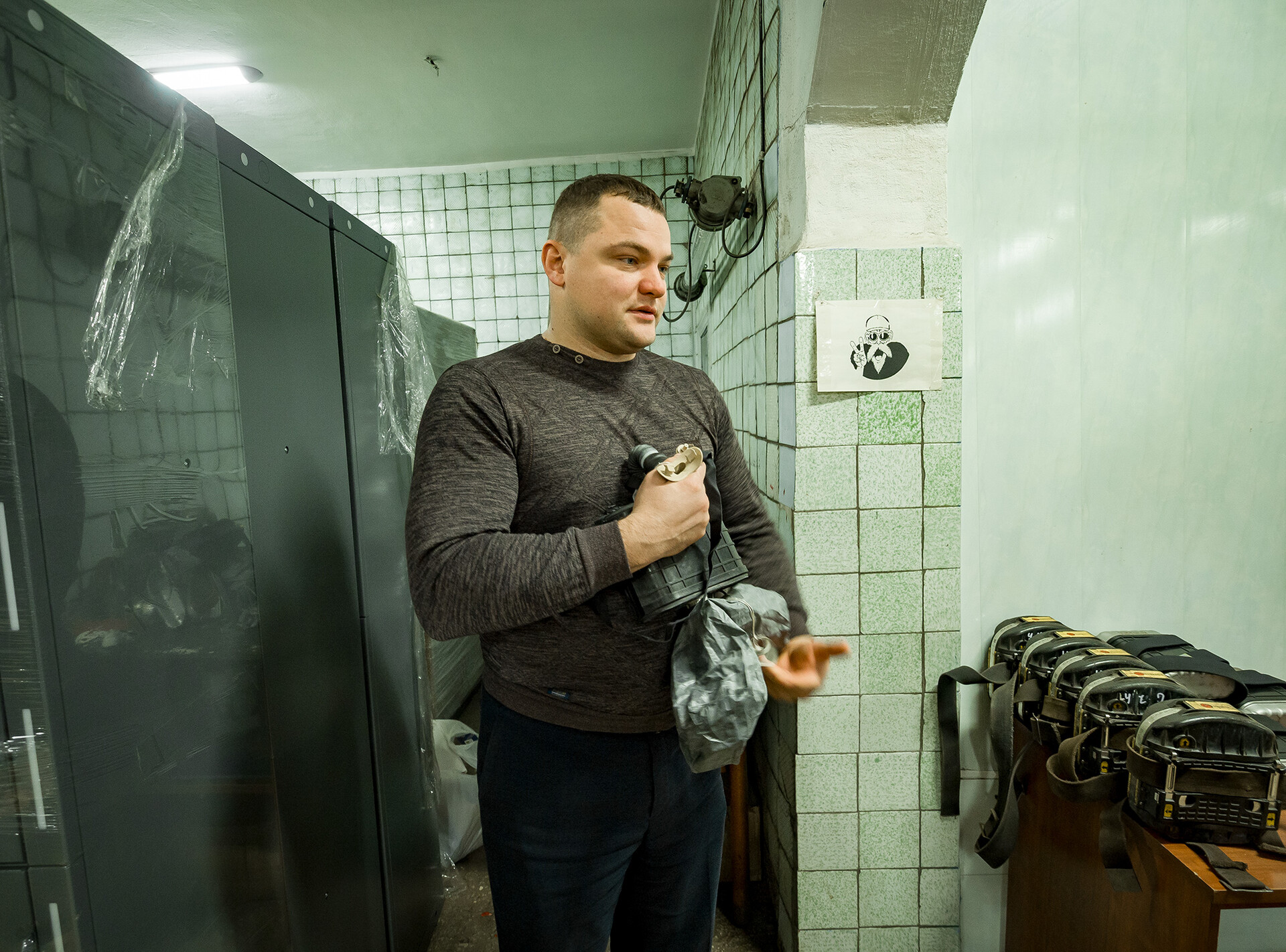
Oleg Garanin.
Pavel Kuzmichev“The first time I went down into the mine was in 2005 and I liked it," Oleg Garanin, director of the Komsomolskaya mine, told us. “I went through all professions from underground electrician to director!”
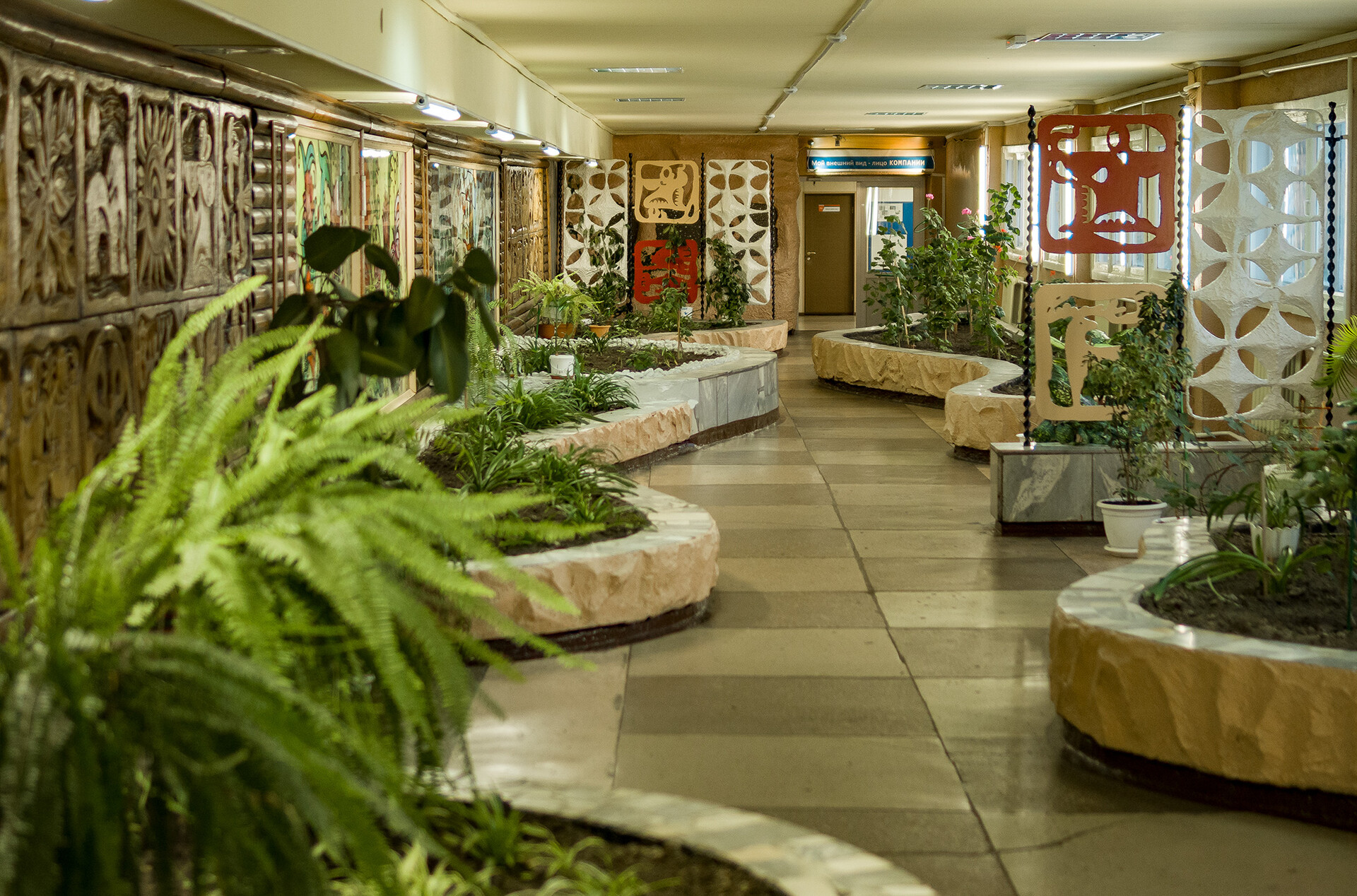
'Winter garden'.
Pavel KuzmichevKomsomolskaya is the deepest coal mine in Russia, with a depth of over 1,100 meters. It takes about 10 minutes to descend by elevator – and that’s only to the first depth.
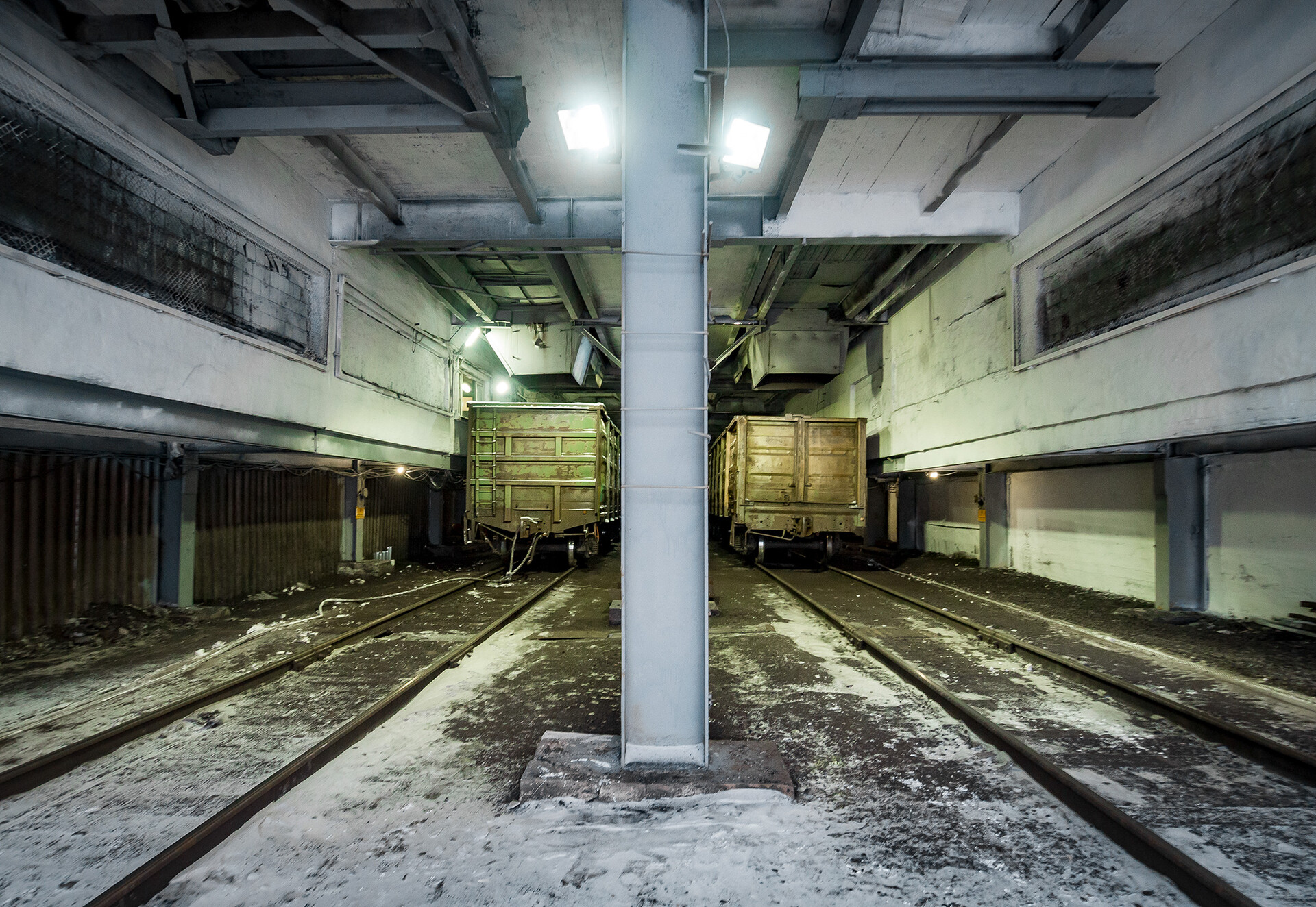
Wagons at the mine waiting for coal.
Pavel KuzmichevAbout 1,000 people work there and almost all of them are permanent residents of Vorkuta, not contract workers. Medical check-ups, meanwhile, are mandatory. Daily entry and exit is strictly monitored and a breathalyzer is even used. Everyone must abide by the "Zero alcohol law", including management, as he and his deputies also often have to go down the mine.
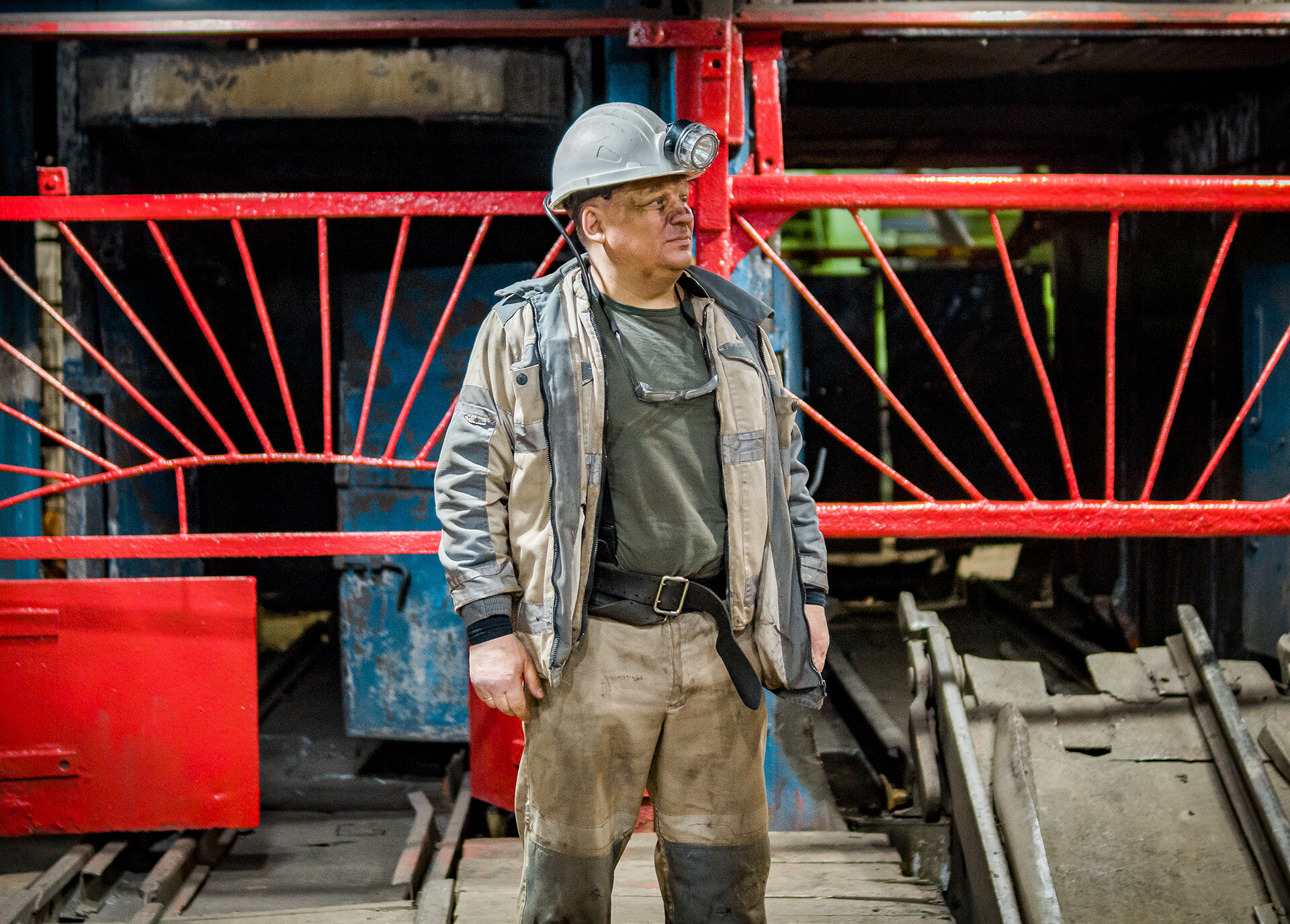
While we were talking to the director, his deputy came up from the mine. And this was on a weekend!
Pavel KuzmichevBack in the 1930s, geologists discovered high quality coal with low sulfur content in the Northern Urals.
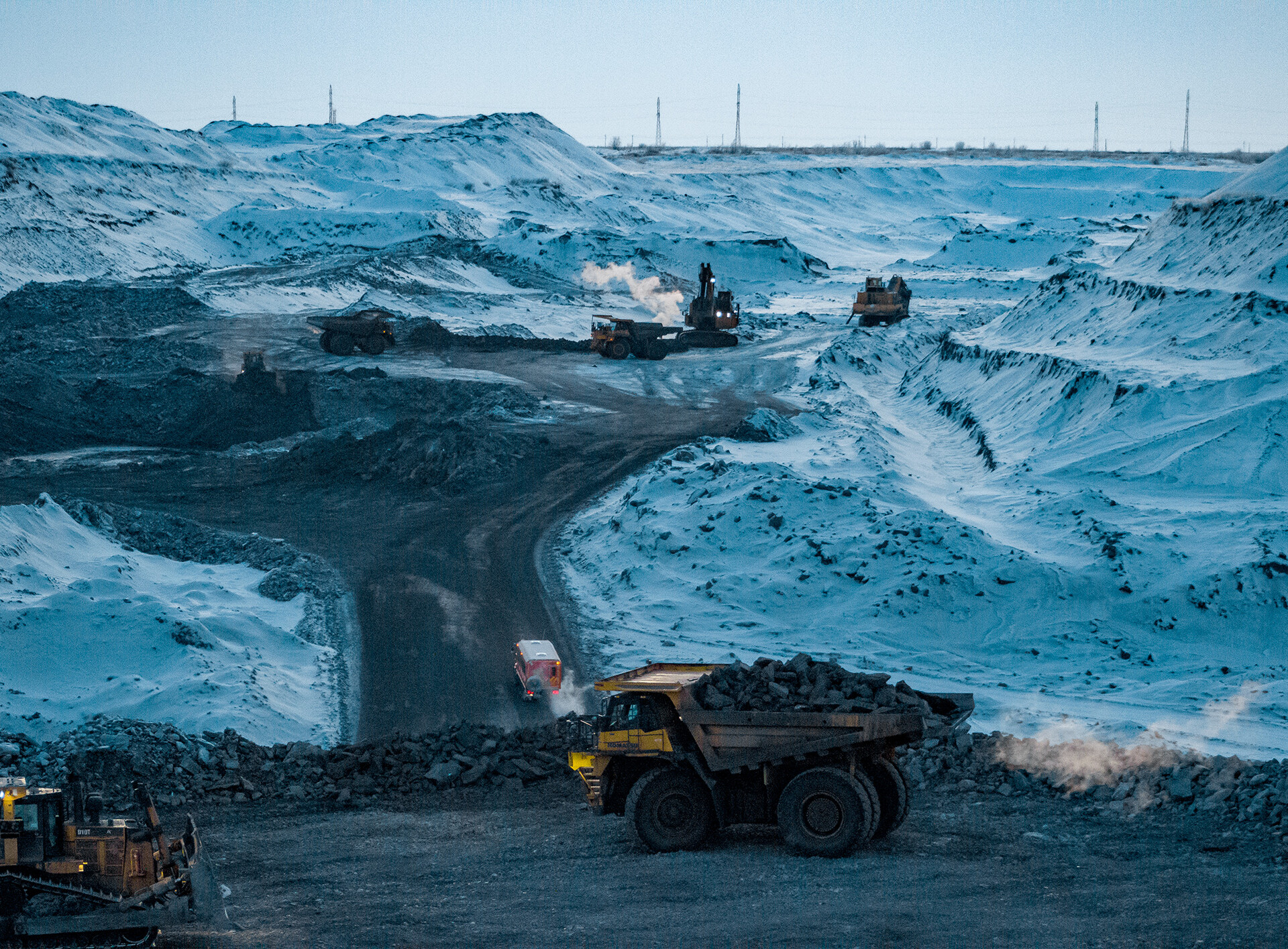
The Yunyaginsky quarry is the first in the Arctic. It used to be believed that open-pit coal mining was impossible in these latitudes. The second one, by the way, is being built now, and it is also here, in Taymyr.
Pavel KuzmichevThis is the kind of coking coal needed for metallurgy. It is used to heat up blast furnaces where pig iron is made. And, even today, these are the largest coal reserves in Europe with more than 4 billion tons!
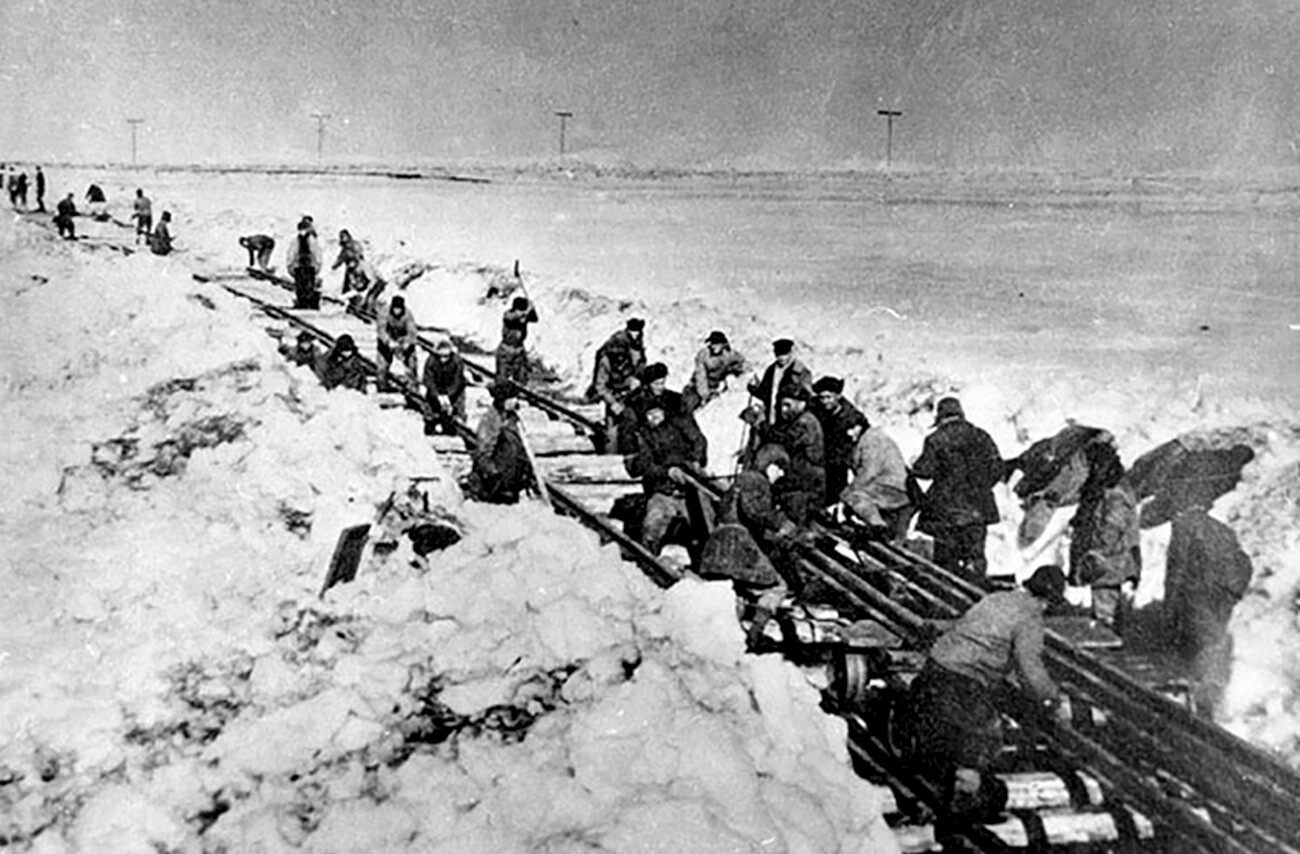
Construction of the Kotlas-Vorkuta railroad.
Archive photoThe construction of Vorkuta began with prisoners. The number of ‘Vorkutlag’ (‘Vorkuta Corrective Labor Camp’, a major Gulag labor camp) prisoners reached up to 70,000 people. Among them were representatives of many nations, for which Vorkuta was often notoriously dubbed “the capital of the world”.
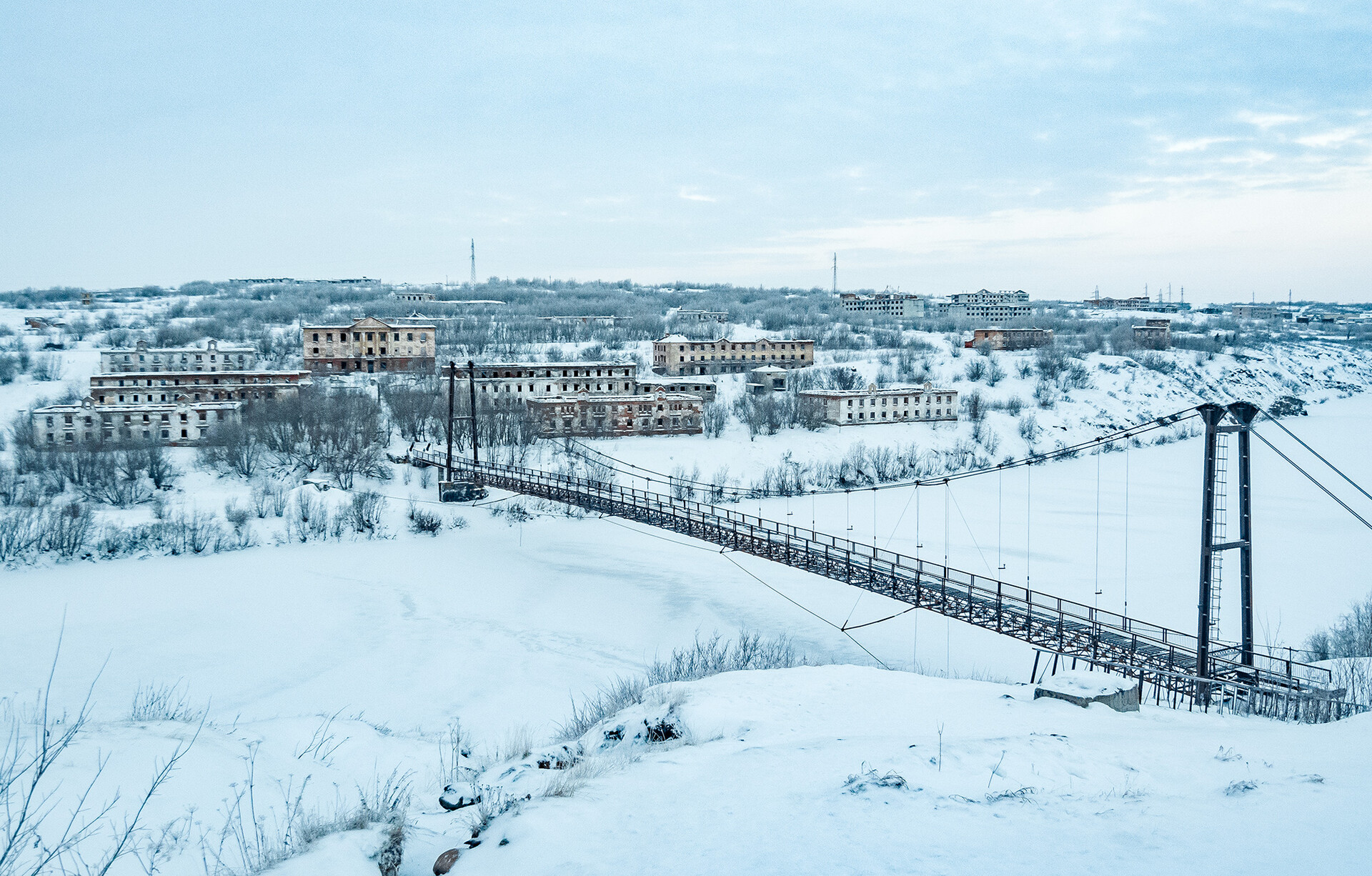
This is what Rudnik looks like now.
Pavel KuzmichevIn 1943, the settlement received the status of a town and a big construction project began. And, after Stalin's death, when the camps were disbanded (more on that here), young Komsomol members from all over the country began to flock there. And so, a “ring” of coal mines and working settlements was built around Vorkuta.
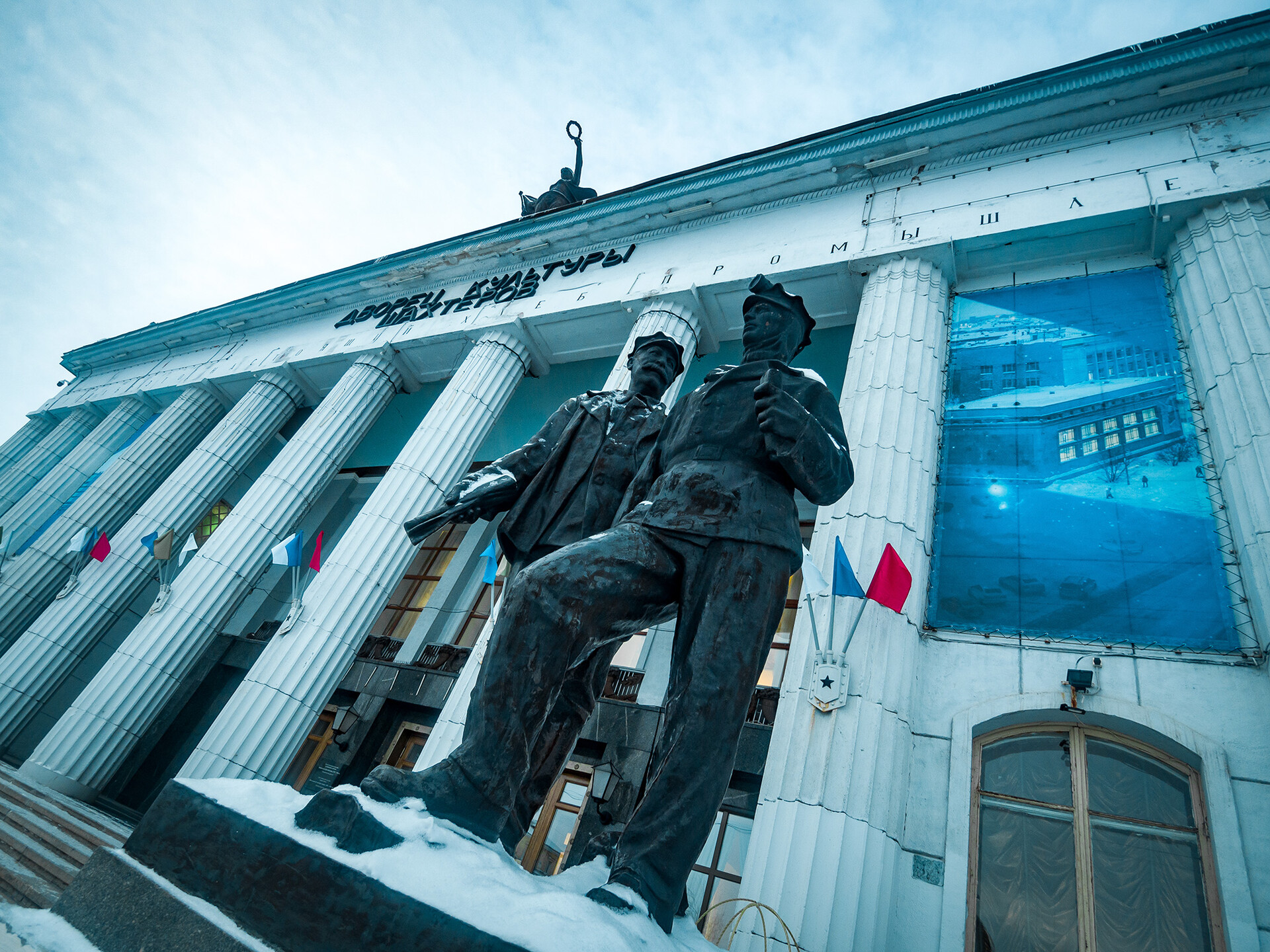
There is a rumor that this sculpture depicts Stalin in miner's clothes. What do you think?
Pavel KuzmichevThe general building plan was approved in 1956. Like Norilsk, Vorkuta was built according to the designs of Leningrad school architects.
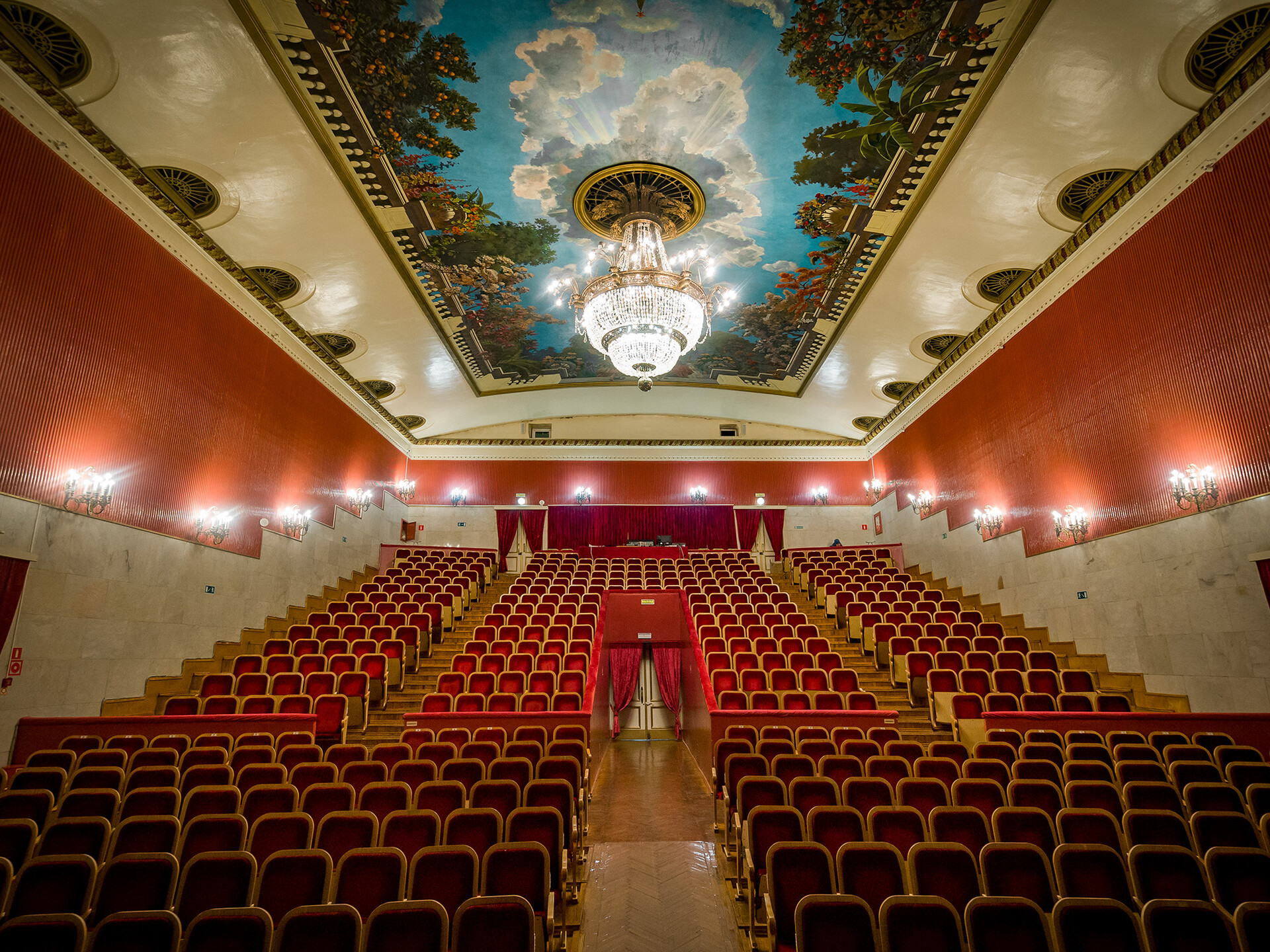
The Miners' Palace of Culture inside. The chandelier is incredible!
Pavel KuzmichevIt is worth walking along Lenin Street to see the magnificent columns of the Miners' Palace of Culture and the Mining Technical School, the monumental Palace of Pioneers, as well as many good brick houses with stores and restaurants on the first floors.
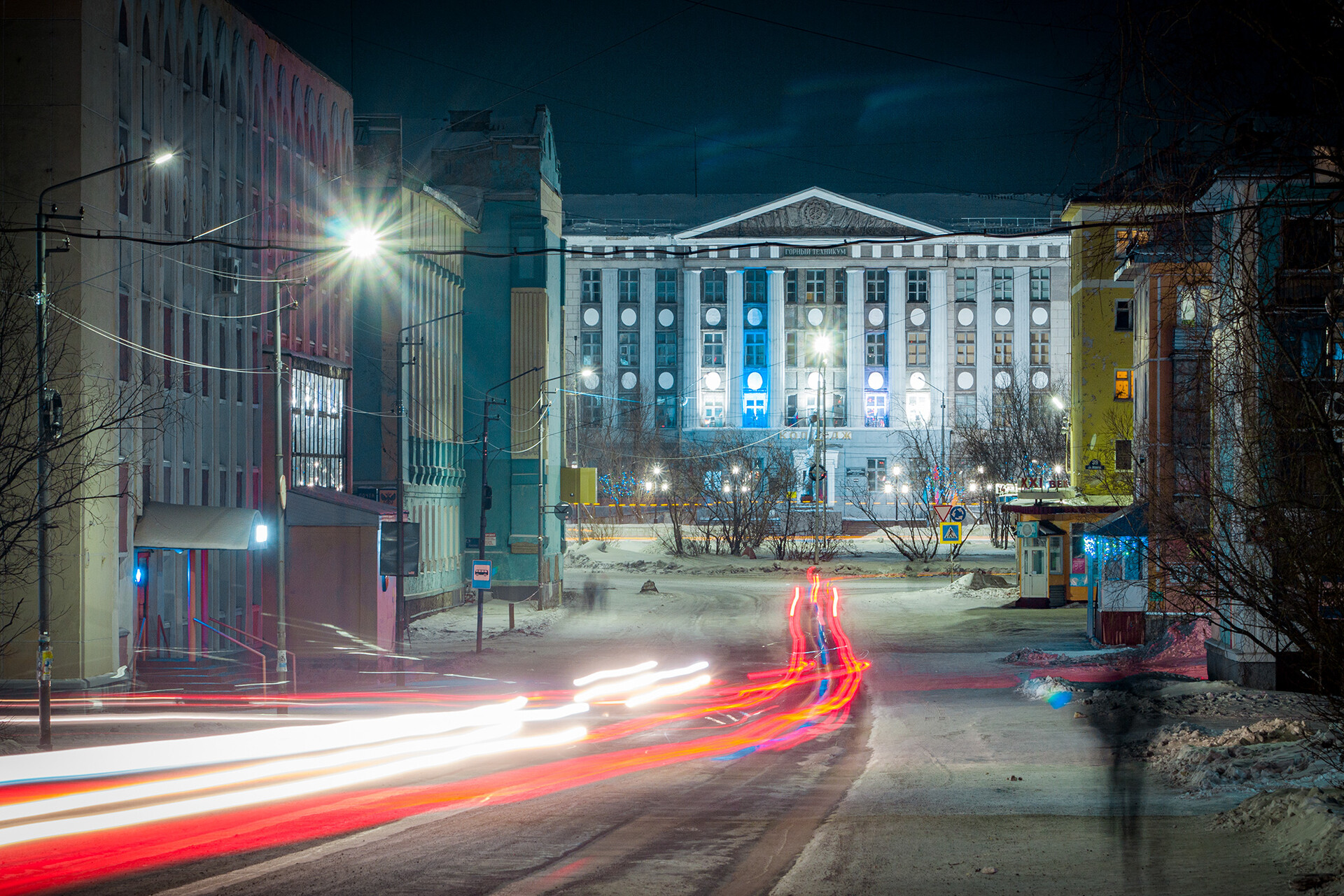
Vorkuta at night. The Mining Technical School is ahead.
Pavel KuzmichevThe houses often have Soviet signboards, which add to the atmosphere.
At the time of the collapse of the Soviet Union, the better part of 250,000 people lived in Vorkuta and its vicinity (now only about 60,000 remain). That number was proof that labor in the Far North was highly valued.
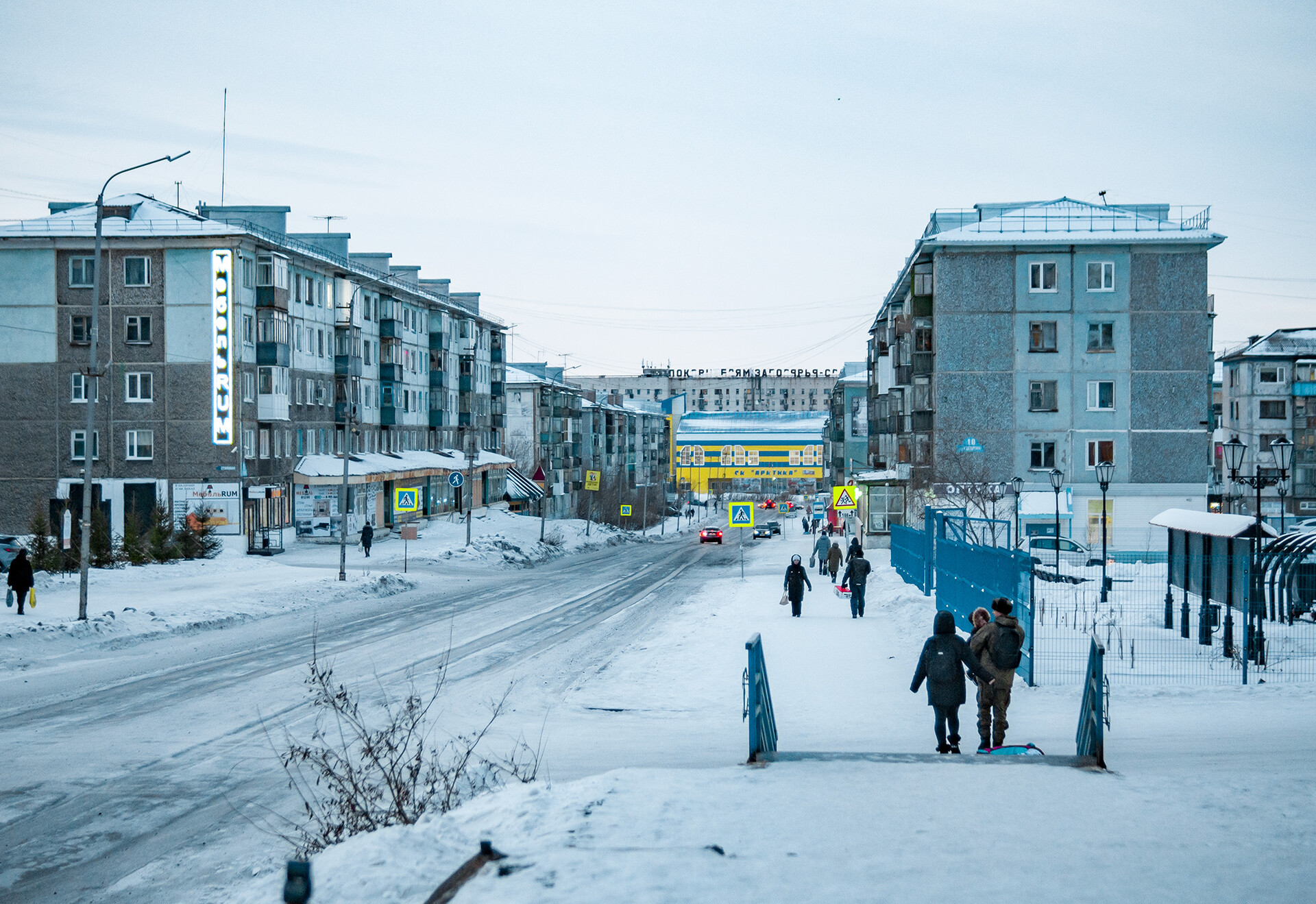
This is how the center of Vorkuta looks like. In the distance is a "creepy house", and young people are walking along the streets.
Pavel KuzmichevBut, by 1989, both wages and benefits were cut and a wave of strikes among miners began. And, after the collapse of the USSR, people did not see any money for months. In search of a better life, people began to gradually leave for other cities.

A monument to a bus. The inscription reads: "LiAZ-158 buses worked on the Arctic roads from 1960 to 1979. The leading drivers N.A. Golota and A.I. Goncharov brought the mileage of bus No. 07-68 without major repair to 1,150,000 km".
Pavel KuzmichevIn recent years, the situation has improved somewhat: Specialists who work underground receive 80,000-150,000 rubles (approx. $900-1,600), as well as the right to early retirement and an extended vacation.
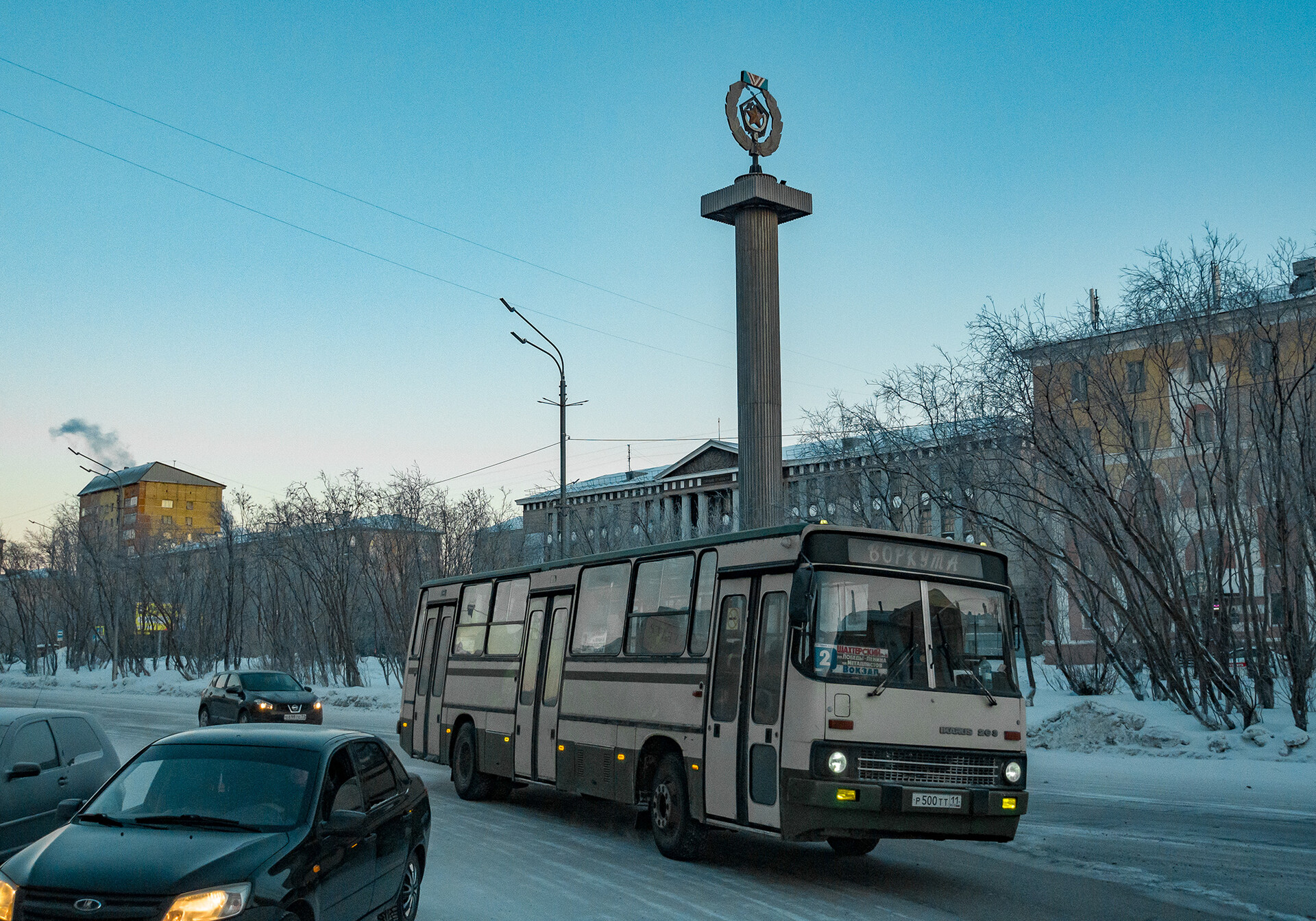
"Ikaruses" and the city.
Pavel KuzmichevVorkuta has had a "controlled compression" program in place for several years. People from closing settlements are relocated to the city in order to reduce infrastructure maintenance costs.
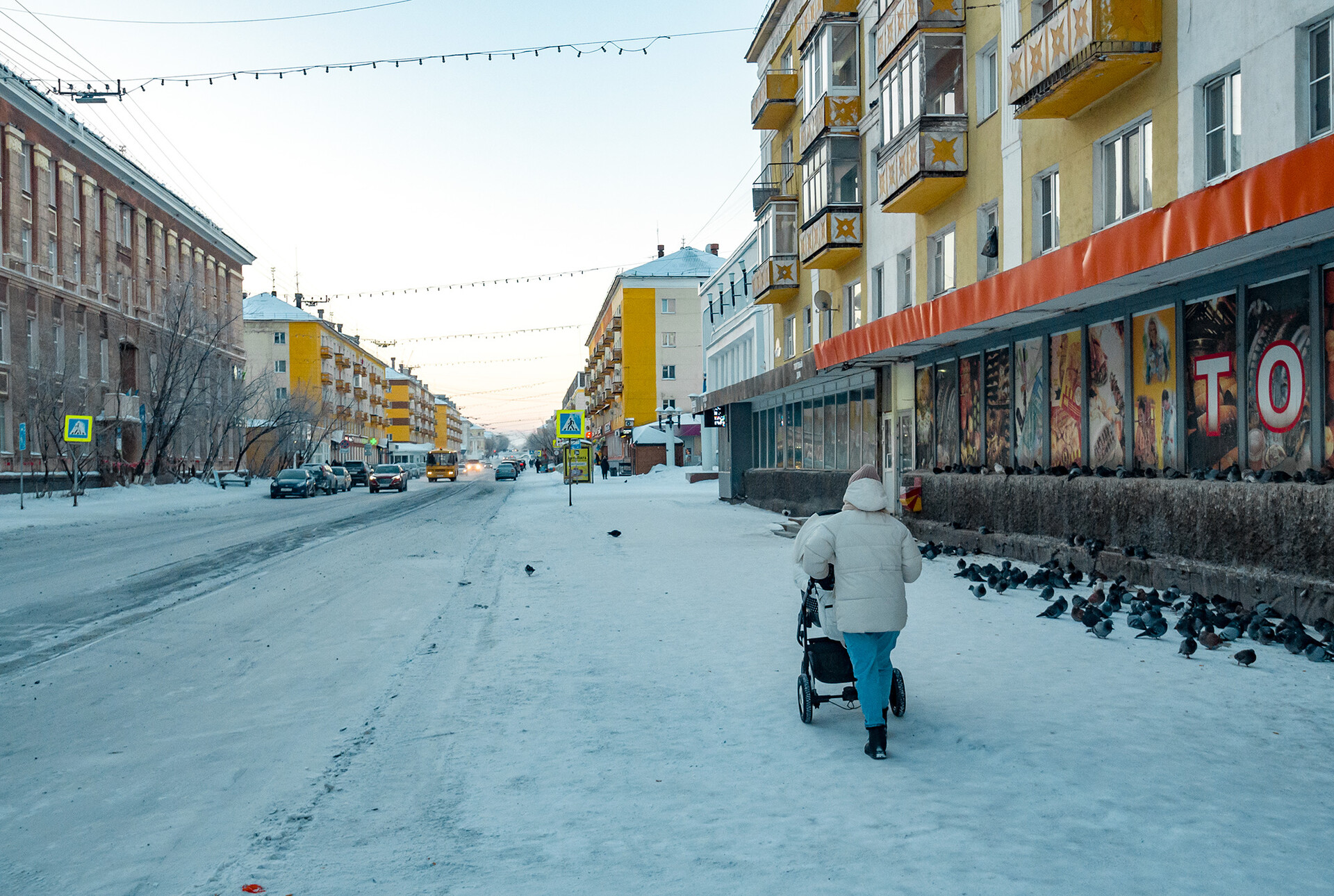
Residential buildings with northern vibes.
Pavel KuzmichevRussia also has a state program to help residents of the Far North: they can get subsidies to buy housing in other regions, but the waiting line moves for years and life passes.
“The people nicknamed Vorkuta the ‘pearl of the Polar Region',” Mikhail Peimer says. “Although, now it seems that Vorkuta is in some [sort of] oblivion, it is not so. Nobody is forgotten and nothing is forgotten. Vorkuta will get a second life!”

And the moon, huh? What a moon!
Pavel KuzmichevIn 2023, the Russian government included Vorkuta in the list of Arctic strongholds. Long-term economic development plans are being developed for them, which should significantly improve the lives of northerners.
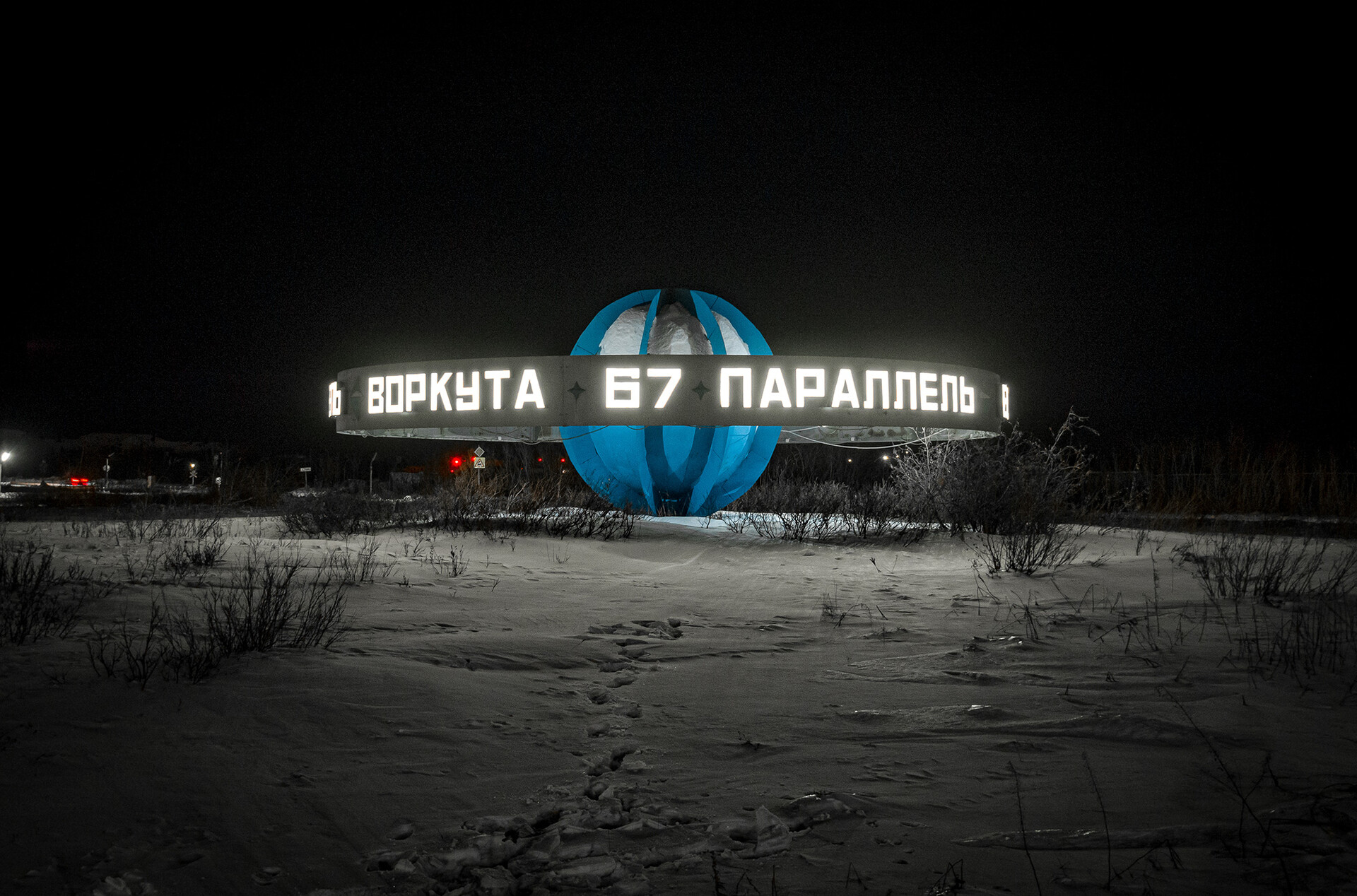
That's the 67th parallel stele.
Pavel KuzmichevThere is a huge amount of Soviet industrial and architectural heritage left in Vorkuta. Many tourists visit to see the abandoned ghost settlements on the so-called ‘Vorkuta Ring’. We’ll tell you all about it in the next part! Stay tuned!
If using any of Russia Beyond's content, partly or in full, always provide an active hyperlink to the original material.
Subscribe
to our newsletter!
Get the week's best stories straight to your inbox